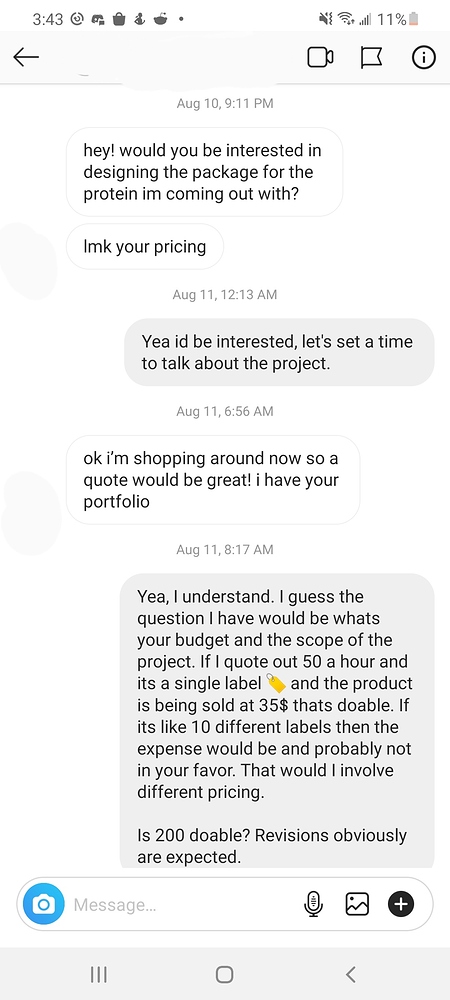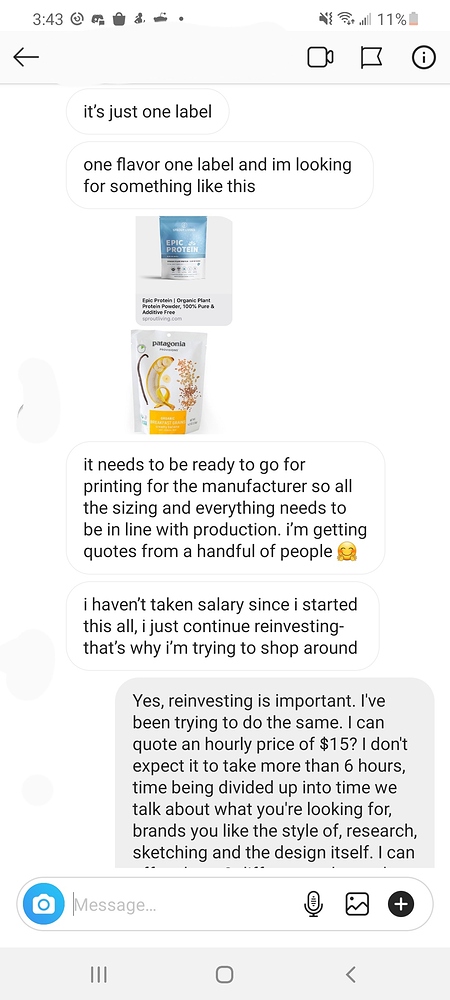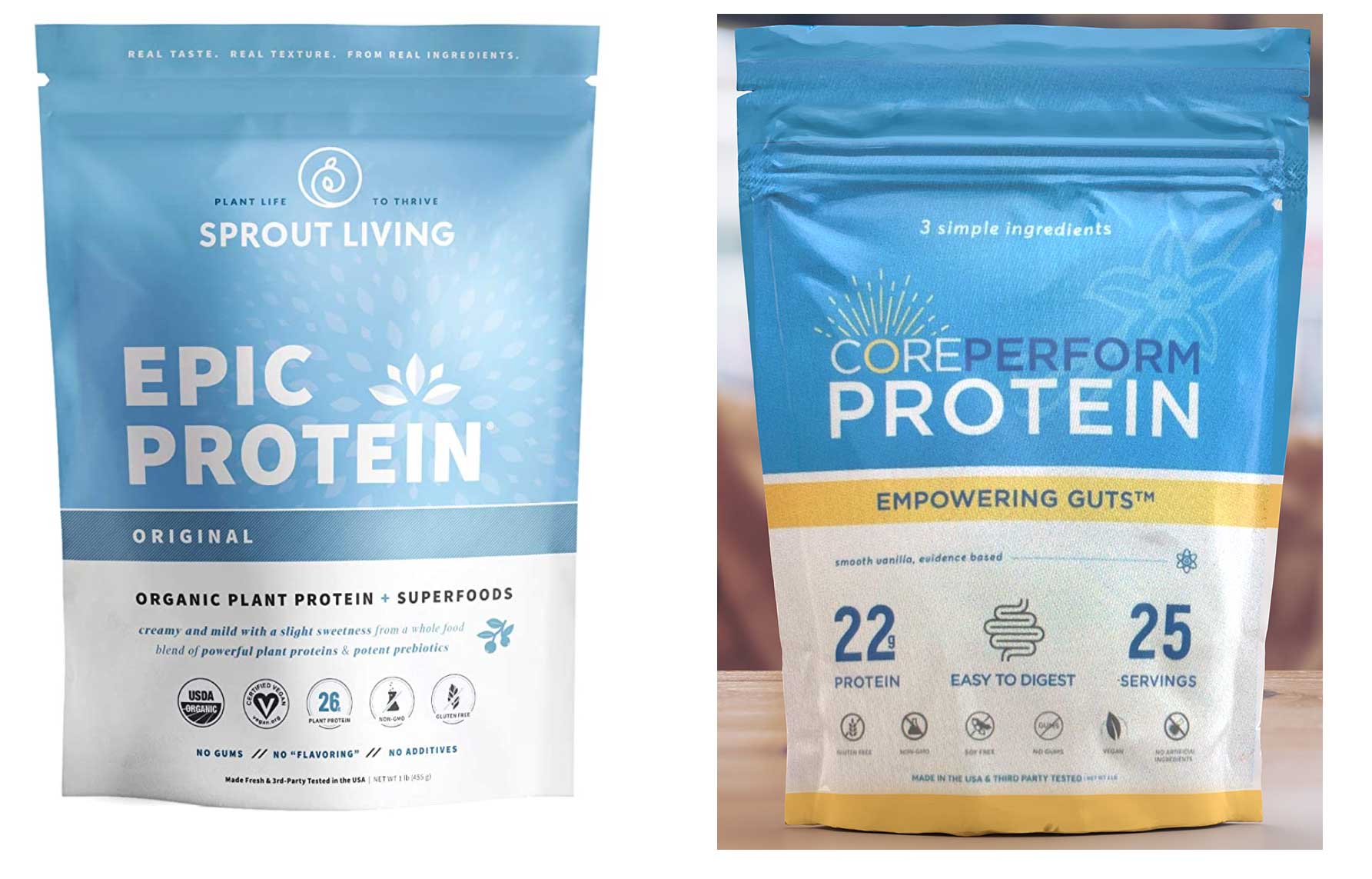Read the thread here and not sure what the problem is.
You quoted for work and didn’t get it. Move on.
Don’t worry about the time-wasters and the tire-kickers. Price up fairly. Cover your time at an hourly rate that makes sense. And if they go with someone else because they are cheaper… then they probably aren’t valuing their business or their investment in their product.
There’s going to be so many issues with the printing, I know because I’ve designed doy bags before and I know the pitfalls, there’s going to be major production issues that need to be addressed by the designer, for instance, the white background. This is going to cause them major headaches - do they need the white background printed, do you want foil showing throw, you need to punch out logos etcs to reveal the foil behind. Does the white need a double strike, if you have thin lines in logos how will this be affected, what’s the tolerance, minimum line size, is it .125pt or something else?
At the end of the day, it’s a doy bag, front and back. Or as I would look at is a poster double-sided. Take aside that it’s a doy bag and you’re left with a pretty simple project. But then there’s production - that’s when you need to think about the finishing - and this needs to be done at the start.
Think finishing at the beginning. This is where your expertise comes into play - and this is what you charge for.
Yeh, a poster may be a $150 double-sided design. No problem, I can knock out 10-20 of these a day for different clients. Easy money.
Someone may undercut me an say they can do it for $15. Good luck.
But packaging, printing processes, substrates, tolerances - these are all things I know like the back of my hand. And it’s things others don’t know.
So I can keep my prices low - as I know pitfalls. But others undercut me, fine - they will spend far more hours and time on projects than I will.
Maybe the person who got the project designs doy bags and understands the pitfalls and designs around those pitfalls and the process is a simple double-sided poster.
It’s too open-ended to understand what went on away from you and what conversations the other designer had with the client.
However, if someone was hammering me on price - I have a bottom line that I won’t go below. Set yourself the same lowest bar and don’t compromise yourself. It’s your business at the end of the day. If someone is doing it cheaper - then move on to the next.
The only way I ever go below my minimum design price is if I am taking on the production of the product, but this means I take the design and get a printing price, deal with printers, place the order and give the quote back to the client. This then gives me the opportunity to mark up the printing price to cover my costs in managing the printing, production, and delivery.
Printers will give you trade prices, so even with your markup on projects for print, you can still get it printed cheaper than if they went to the printers directly.
20% on a $5000 print project is a pretty sweet profit - ($1000) in your pocket. Yes, the client final price maybe $6000 for the print - but if the printer gave them a walk-in one-off price, it would be in the $10,000 range.
At the end of the day, the client gets it cheaper, you make money, the printers make money, and everyone is happy.
Think about that.



